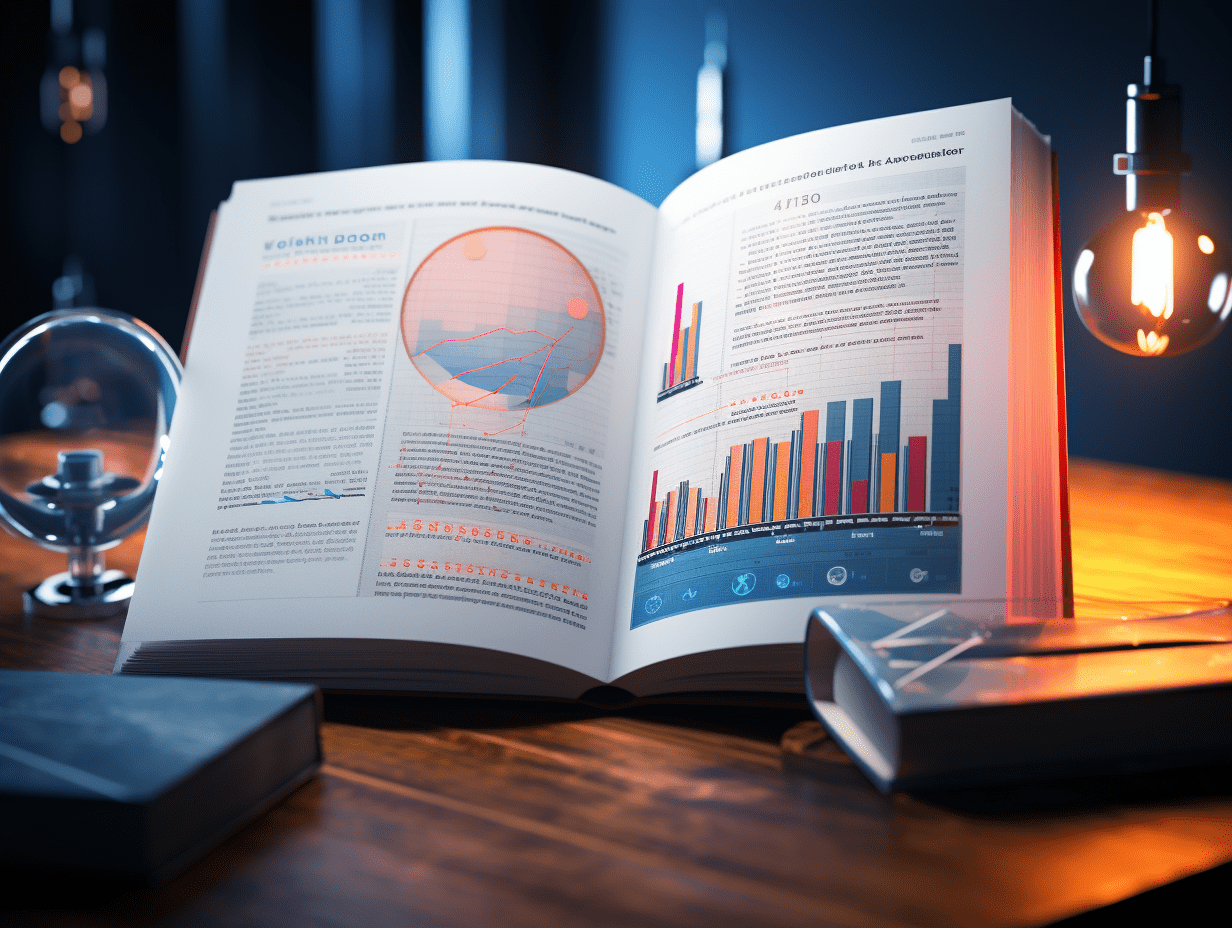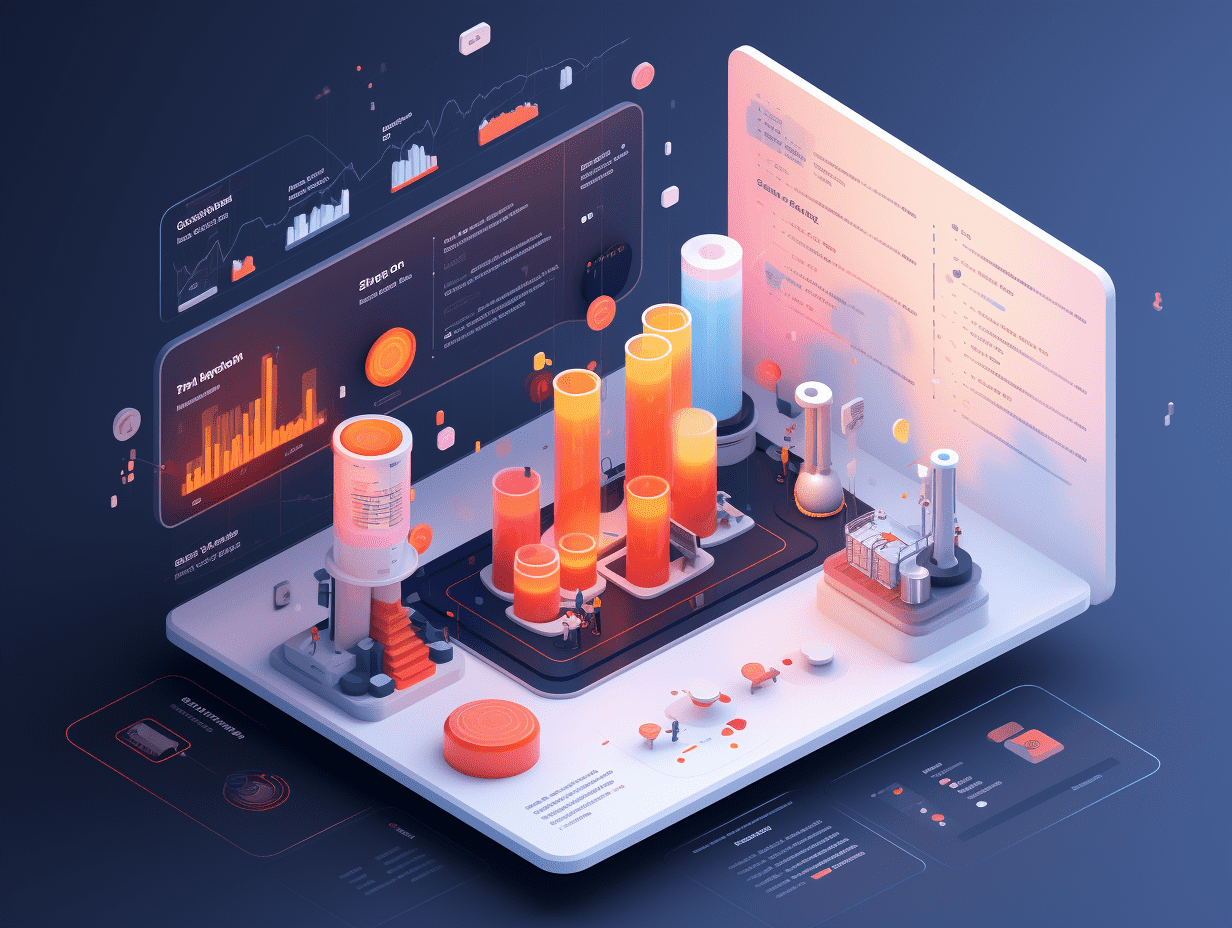Neuralink's new progress! Implant devices + mechanical arms allow ALS patients to eat and drink independently for the first time.
Elon Musk's brain-computer interface company Neuralink demonstrated a video of ALS patient Nick Wray controlling a robotic arm to eat using the brain-computer interface. Wray has already completed the brain implantation of the N1 chip.
On October 11th local time, Neuralink, a brain-machine interface company owned by Elon Musk, showcased footage of ALS patient Nick Wray controlling a robotic arm to eat through a brain-machine interface. Wray has completed the implantation of the N1 chip in his brain.
A few days ago, Nick Wray's personal social media account had already shown the process of him operating the robotic arm. In the video, Wray was able to control the robotic arm through his thoughts alone, completing a series of continuous actions such as "grabbing the cup, bringing the straw to his mouth, and sipping water." He could also independently grab cups, put on hats, microwave food, open the refrigerator, and perform other daily tasks. Wray excitedly expressed, "For the first time in years, I put on my own hat! I microwaved chicken nuggets and ate by myself! I learned how to open the refrigerator, how to take off and put on jar lids! I even tried slowly controlling the wheelchair!"
Wray also revealed more details about his daily operations, saying, "I still hold the (current) new record: moving the most cylinders on a table within 5 minutes (39), and turning the most nails in a standard flexibility test within 5 minutes (usually used for stroke patients)."
It is reported that this is part of the CONVOY research project approved by the Food and Drug Administration (FDA) in the United States, and Wray is the 8th patient to undergo the brain-machine implant surgery. CONVOY is an early feasibility clinical study aimed at exploring the control of assistive devices through brain-machine interface technology. It focuses on the application of brain-machine interface technology in patients with neurodegenerative diseases and aims to help individuals with limited limb function regain independent living abilities through implanted devices, allowing the brain's "intentions" to directly control machines by integrating brain-machine interface with Siasun Robot&Automation technology (robotic arm). The technical core of the system lies in the microelectrodes implanted in the brain, which can accurately capture neural signals and convert these signals into control commands for the robotic arm in real time through wireless data transmission, achieving the real-time conversion of "intention-action."
The demonstration above brings new hope to patients with neurodegenerative diseases such as ALS. Neuralink announced last month that 12 people globally have undergone trials of its brain-machine chip N1 implantation. These patients have collectively used the device for 2,000 days, totaling over 15,000 hours of usage. In addition to brain-machine interfaces for digital control, Neuralink is also exploring technologies for restoring vision, directly interpreting speech from brain activity, and treating neurological diseases such as Parkinson's disease.
The implanted chip named N1 is approximately the size of a 10-pence coin and contains 128 ultra-thin wires thinner than human hair, connecting around 1000 electrodes directly to the surface of the brain. These electrodes can detect and transmit neural activity, converting brain signals into precise digital commands, such as controlling cursor movement, inputting text, or controlling external devices.
Elon Musk has previously expressed his hope that in the future, brain-machine interface technology can be expanded to scenarios like "controlling humanoid Siasun Robot&Automation Optimus", but currently, issues such as long-term stability, safety (such as the biological compatibility of implants, data transmission reliability) still need to be addressed, and there is still 5-10 years to go before large-scale commercial applications.
This article is from "", written by , GMTEight edited by .
Related Articles

Goldman Sachs: By 2026, American households will become the "strongest buyers" of US stocks, with net purchases potentially reaching $520 billion.

After being criticized for their "fantasy economics," the UK Reform Party quickly made a U-turn: abandoning their promise of a 90 billion pound tax cut.

"US junk bonds see the worst drop in six months, and sensitive investors are starting to recall 2007."
Goldman Sachs: By 2026, American households will become the "strongest buyers" of US stocks, with net purchases potentially reaching $520 billion.

After being criticized for their "fantasy economics," the UK Reform Party quickly made a U-turn: abandoning their promise of a 90 billion pound tax cut.

"US junk bonds see the worst drop in six months, and sensitive investors are starting to recall 2007."

RECOMMEND

Comprehensive Subsidy Phase-Out: Is China’s Auto Market Nervous Ahead of Golden Week?
30/09/2025

“A+H” Listing Momentum Continues as 20 A‑Share Companies Plan Hong Kong IPOs, PCB Leaders Dongshan Precision and Hoshine Among Them
30/09/2025

Copper Poised as the “New Oil” as Western Grids Lag Behind China, Goldman Sachs Warns
30/09/2025


